We’ve all fallen for it.
The glossy magazine covers, the Instagram influencers sipping neon smoothies, the promises that one “miracle” food will turn us into a glowing, energized version of ourselves.
Somewhere along the way, “superfoods” went from being nutritious options to full-blown hype machines — riding the marketing wave straight into our shopping carts (and wallets).
Sure, a lot of these foods are healthy. But are they really the magic bullets they’re made out to be? Spoiler alert: not even close.
In fact, you could be spending way too much money on trendy superfoods when there are plenty of low-key, everyday foods doing the same job — often better.
So before you shell out $18 for a tiny bag of Himalayan goji berries or chug another sugary “detox” drink, let’s get real. Here are 15 so-called superfoods that are more hype than hero — and what you should be eating instead if you actually want results (without draining your bank account).
1. Açaí Berries
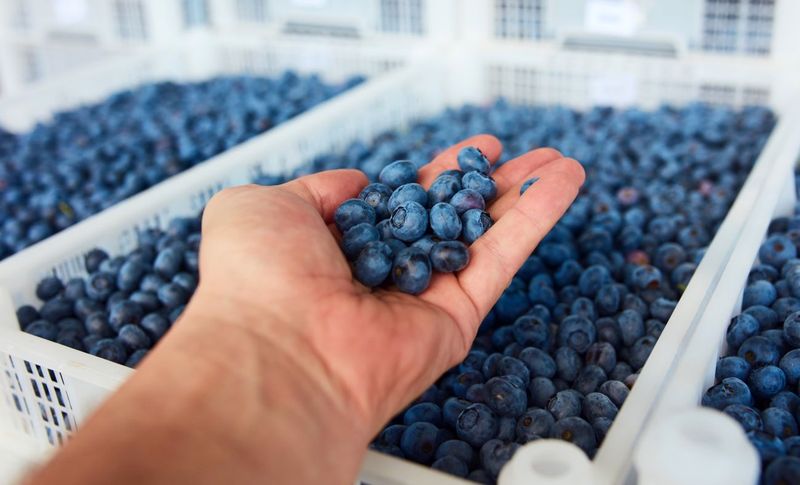
Hailed as a miracle antioxidant, açaí berries have taken the health world by storm. However, while they are nutritious, they are not the only berries offering health benefits. Blueberries, for instance, are widely available, less expensive, and equally packed with antioxidants.
The vibrant, dark purple hue of blueberries offers a visual delight just as pleasing as açaí. They are easy to add to a breakfast bowl or a smoothie without breaking the bank.
Ultimately, the simple blueberry stands as a testament to the saying, “sometimes less is more.” Packed with fiber and vitamin C, they serve all the health benefits with none of the exotic price tags.
2. Coconut Water
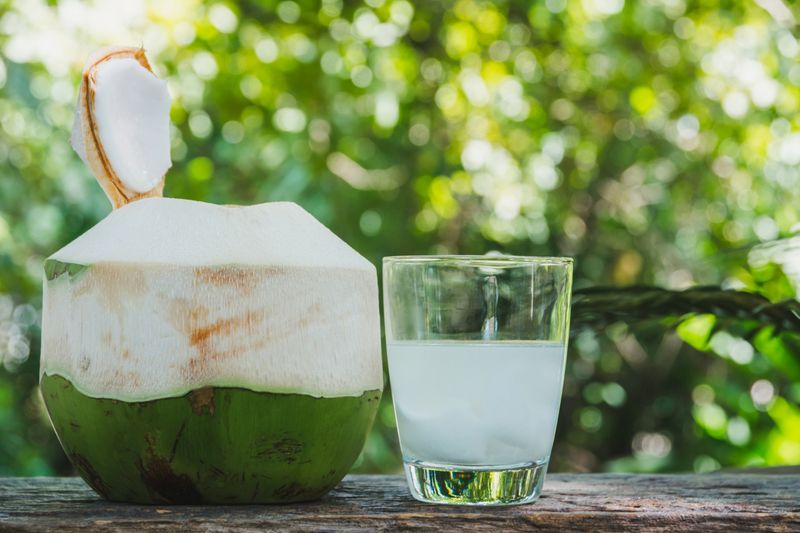
Coconut water is often touted as a magical hydration drink, but is it really that special? Sure, it’s hydrating, but it’s also frequently loaded with hidden sugars that can negate its benefits.
Plain water, on the other hand, is the classic and most effective way to stay hydrated without any sneaky additives. If you’re craving a bit of flavor, watermelon juice is a natural alternative that offers a sweet taste and additional nutrients.
The tropical allure of coconut water is undeniable, yet when it comes to pure hydration, sometimes simplicity wins. A glass of water or a juicy watermelon is often more than enough.
3. Goji Berries
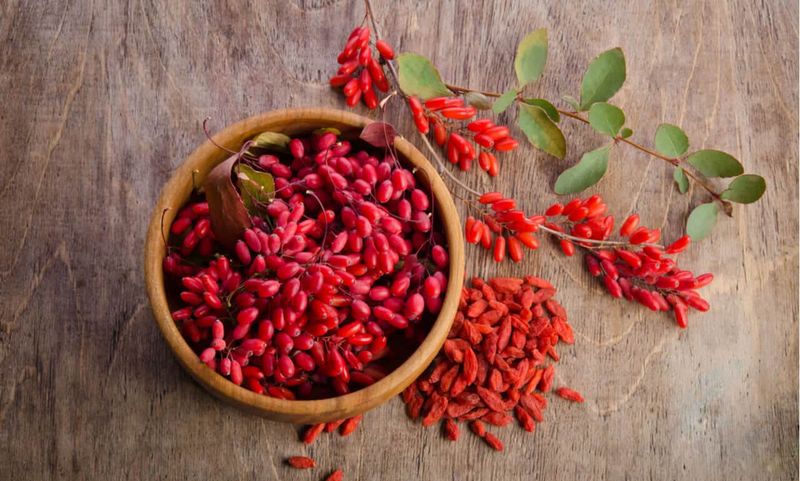
Often called the “longevity fruit,” goji berries are marketed as a Himalayan miracle. Yet, while healthy, they don’t necessarily outperform the regular strawberry.
Strawberries are rich in vitamin C and fiber, far friendlier on the wallet, and delightfully juicy. They offer a burst of flavor that’s instantly familiar and comforting.
While goji berries may fit the exotic label, the humble strawberry shines through as a practical, nutritious choice. Its sweetness and accessibility make it a staple in many diets.
4. Chia Seeds
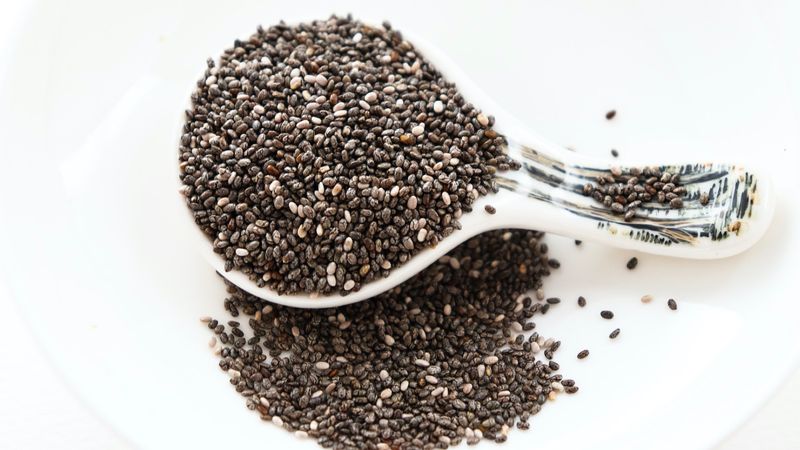
Promoted for boosting energy, aiding weight loss, and enhancing brain health, chia seeds sound like a dream come true. However, the benefits they offer can be found in other, more economical options like flaxseeds.
Flaxseeds are cheaper, just as rich in fiber, and even higher in omega-3s. They offer a nutty flavor that complements smoothies and baked goods beautifully.
Though chia has its charm, flaxseeds provide a more cost-effective, nutrient-rich alternative. Their subtle crunch and earthy taste can enhance your meals without straining your budget.
5. Kombucha
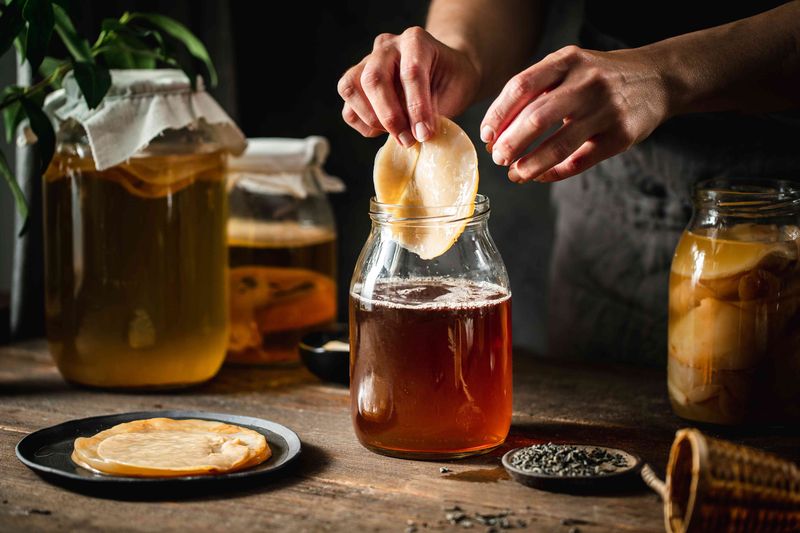
Kombucha has gained a reputation as the ultimate gut-health savior, but is it really living up to the hype? Some bottles are surprisingly high in sugar, offering little probiotic benefit.
Plain kefir, however, genuinely packs gut-friendly probiotics without the added sweeteners, making it a more effective choice. Its tangy taste and creamy texture are both satisfying and beneficial.
While kombucha may seem trendy and exciting, kefir stands as a tried-and-true option for gut health, offering real benefits without the sugary distractions.
6. Activated Charcoal
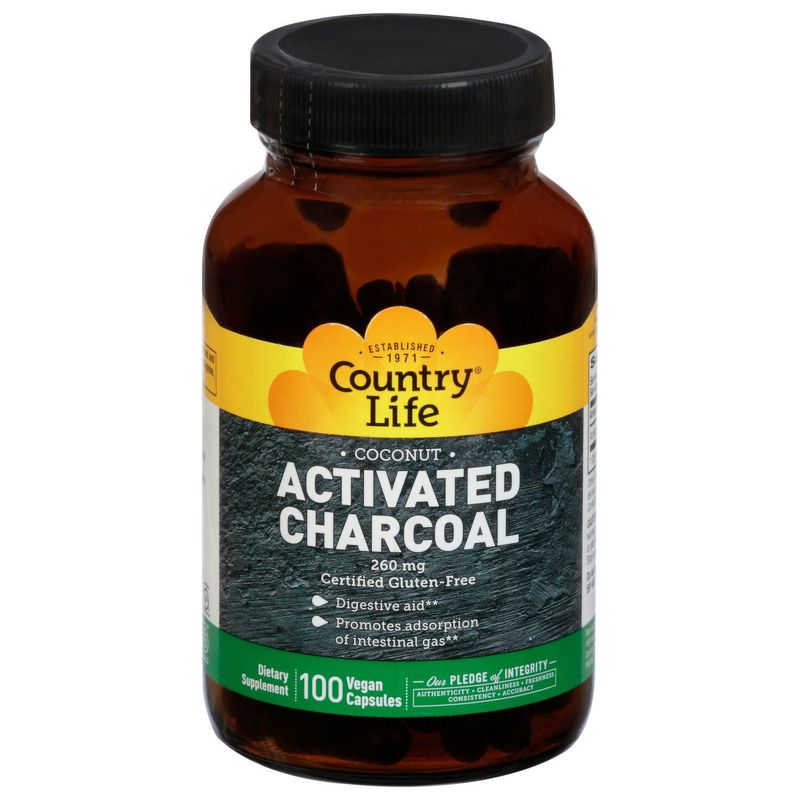
Activated charcoal is marketed as a detoxifying agent, yet it can actually interfere with nutrient absorption rather than enhance it. The allure of detoxification is compelling, but there’s a more natural way.
Leafy greens like spinach and kale are nature’s true detoxifiers. They offer essential nutrients that support the body’s natural detox processes without any drawbacks.
Despite the mystique surrounding activated charcoal, the rich green hues of spinach and kale provide a detoxifying experience that is both effective and nourishing.
7. Alkaline Water

The notion that alkaline water balances your pH for better health is a popular belief, but the body regulates its own pH quite effectively. Regular water is usually all you need to stay hydrated and healthy.
Drinking plain water is a straightforward, reliable method for maintaining hydration and well-being. It quenches thirst without the need for any fancy enhancements.
While the allure of alkaline water may be tempting, regular water remains the gold standard for hydration, providing simplicity and effectiveness.
8. Pitaya (Dragon Fruit)
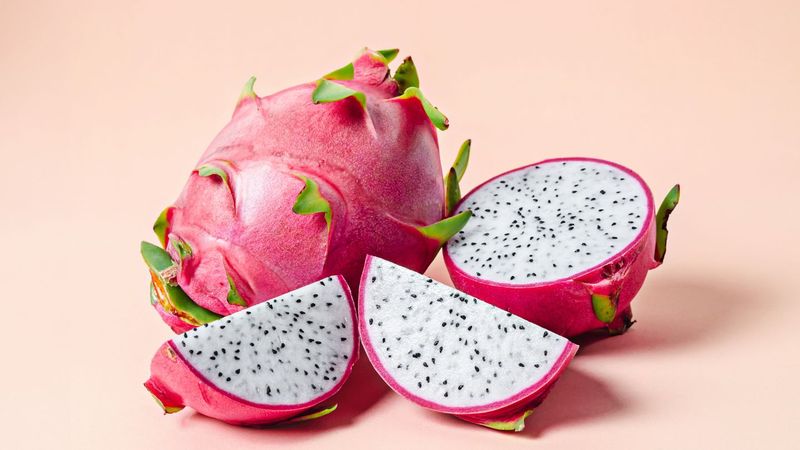
With its exotic and vibrant appearance, pitaya, or dragon fruit, seems like a nutritional powerhouse. Yet, its nutrient profile isn’t particularly special compared to more common fruits.
Kiwi, for example, is packed with vitamin C and fiber, offering similar benefits at a fraction of the cost. Its tart flavor and juicy texture make it a delightful treat.
Though pitaya captivates with its looks, kiwi delivers on both taste and nutrition, proving that sometimes the ordinary outshines the extraordinary.
9. Matcha Lattes
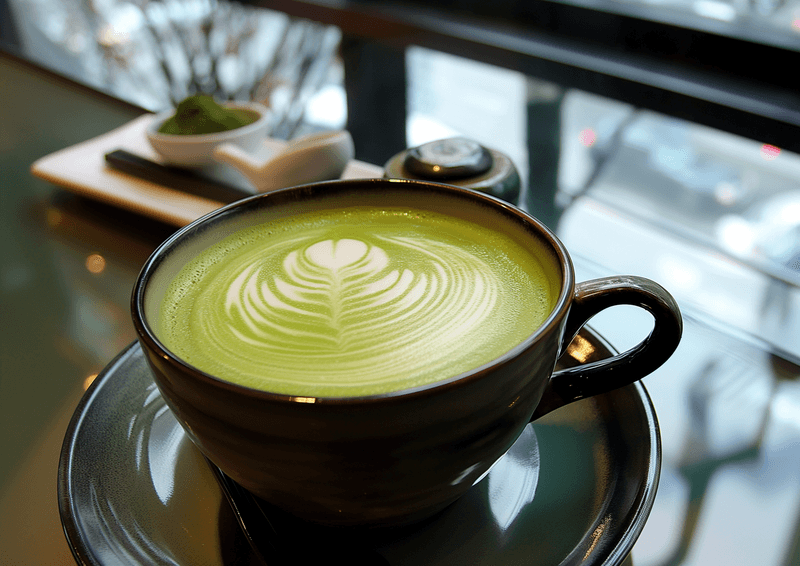
Matcha lattes are often hailed as a super-antioxidant powerhouse, but they sometimes come overloaded with sugar, canceling out the benefits. The vibrant green hue of matcha can be enjoyed without the added sweetness.
Plain green tea offers the same antioxidants without the sugary additions, making it a healthier choice. Its subtle bitterness and earthy flavor provide a soothing experience.
While matcha lattes may be trendy, plain green tea remains a classic, offering natural benefits in their purest form.
10. Wheatgrass Shots
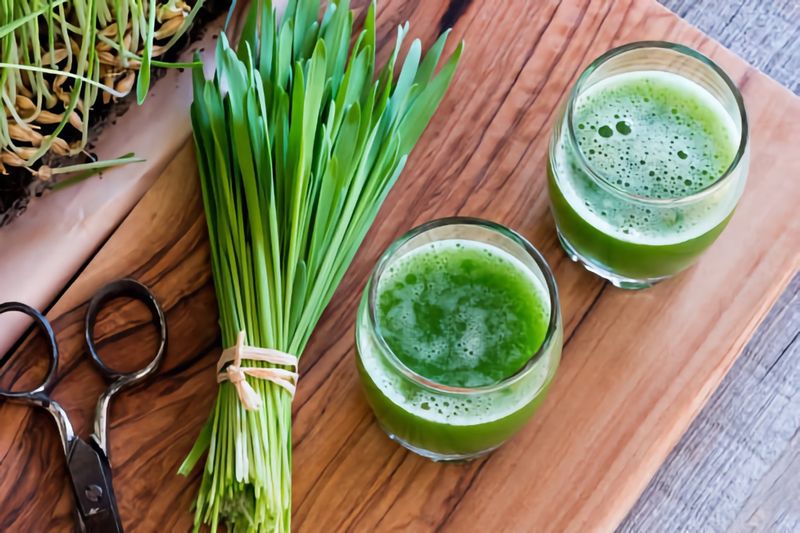
Touted as the ultimate detoxifier, wheatgrass shots capture the imagination but lack scientific evidence to prove superiority over regular vegetables. Wheatgrass may be popular, but its effectiveness doesn’t outshine common veggies.
Broccoli, for instance, is rich in vitamins and proven cancer-fighting compounds, offering a robust nutritional profile. Its versatility in meals adds a bright, fresh taste that’s hard to beat.
While wheatgrass might appeal to health trends, broccoli provides a grounded, tried-and-true source of nourishment, demonstrating that sometimes familiarity is key.
11. Maca Powder
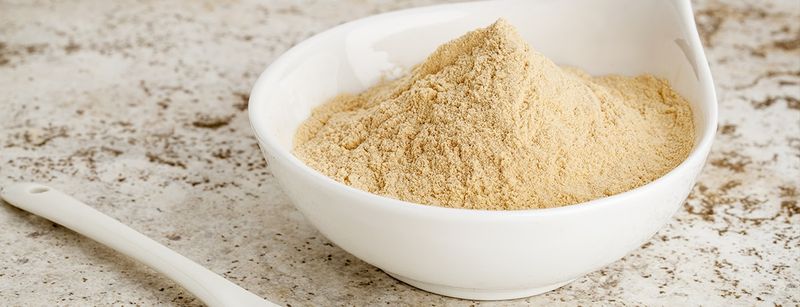
Maca powder is often touted as a hormone balancer and energy booster, but research is still preliminary. While it’s interesting, it’s not the ultimate solution it’s sometimes made out to be.
Oats, on the other hand, provide a simple, science-backed way to boost energy naturally. They offer a comforting, hearty start to the day, rich in fiber and nutrients.
Though maca may intrigue with exotic promises, the humble oat stands firm as a reliable, nourishing option, proving that true energy comes from the basics.
12. Quinoa
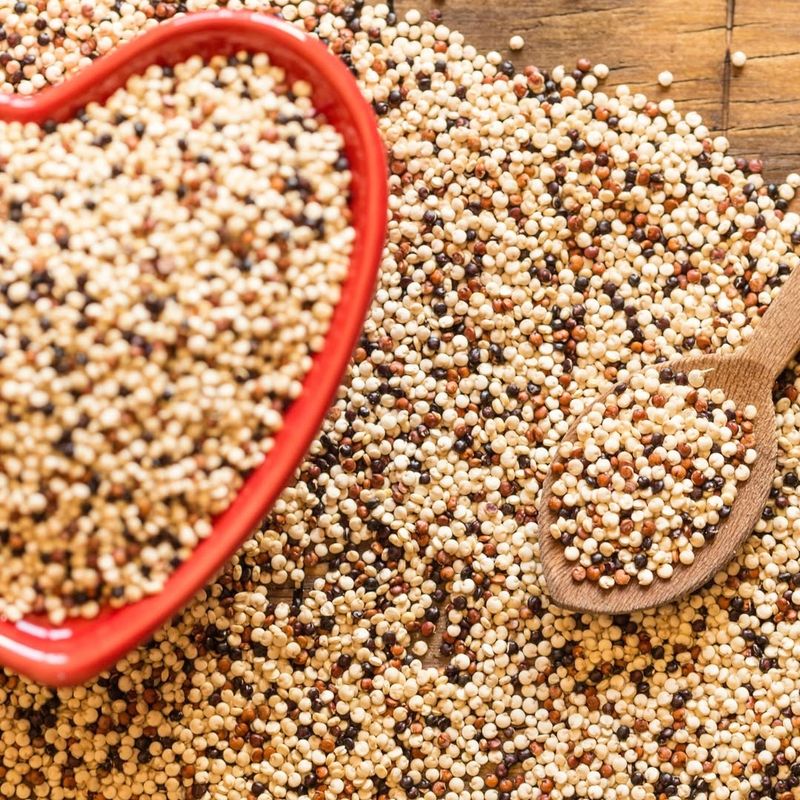
Famously known as the perfect protein, quinoa enjoys a high status among plant-based eaters. Yet, it isn’t the only complete protein available in the plant world.
Lentils are more affordable, equally protein-packed, and offer incredible versatility in cooking. They provide a rich, earthy flavor that enhances a variety of dishes.
While quinoa boasts its superfood status, lentils quietly offer similar benefits, showcasing that nutritional power often wears a simple disguise.
13. Bee Pollen
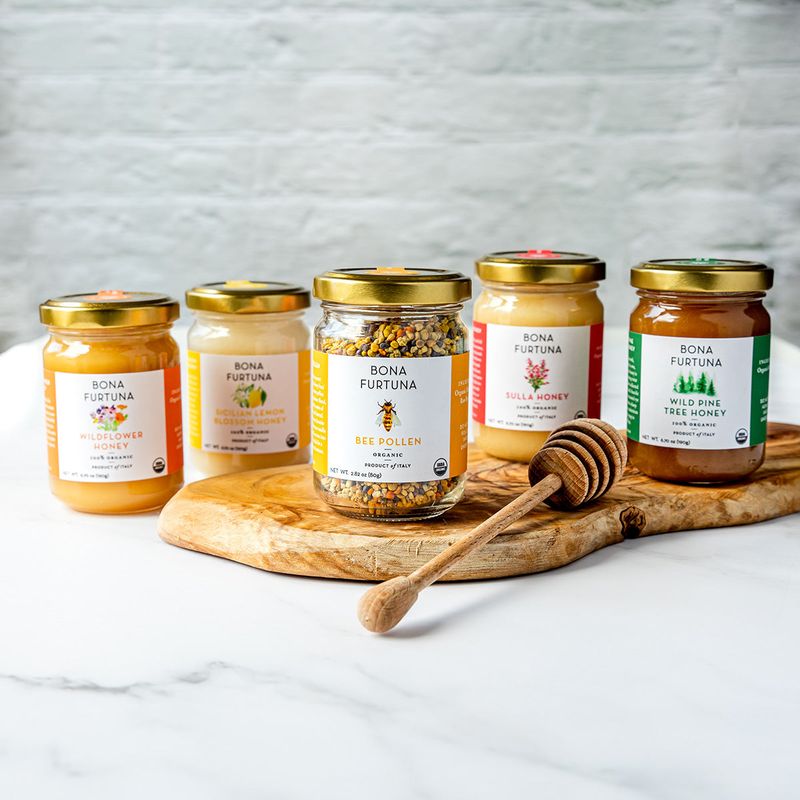
Bee pollen promises to boost immunity and longevity, yet the evidence is minimal, and it poses a serious allergy risk for some. The allure of bee pollen is understandable, but there are safer alternatives.
Raw honey, when consumed in moderation, provides proven antibacterial properties and is safer for most people. Its golden sweetness is both comforting and versatile.
Though bee pollen may seem exotic and beneficial, raw honey offers a safer, more familiar option with genuine health benefits.
14. Turmeric Lattes (“Golden Milk”)
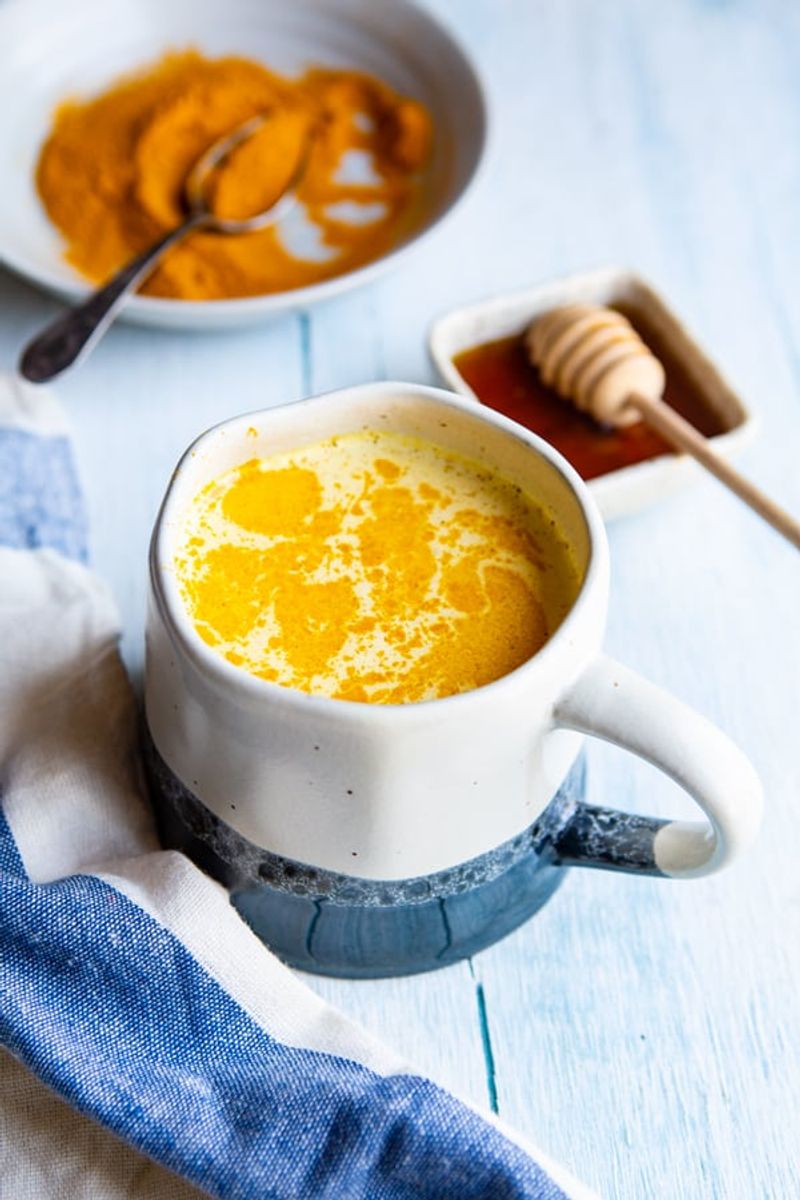
Turmeric lattes, or “Golden Milk,” are marketed as anti-inflammatory cure-alls, but they often fall short. To absorb curcumin effectively, it needs fat and pepper, which most lattes lack.
Adding turmeric to meals like curries or roasted veggies with black pepper ensures you’re getting the full benefit. Its warm, earthy flavor enhances dishes beautifully.
Turmeric lattes may tempt with their golden hue, but incorporating turmeric into savory dishes provides a more effective way to harness its benefits.
15. Expensive Superfood Smoothie Mixes
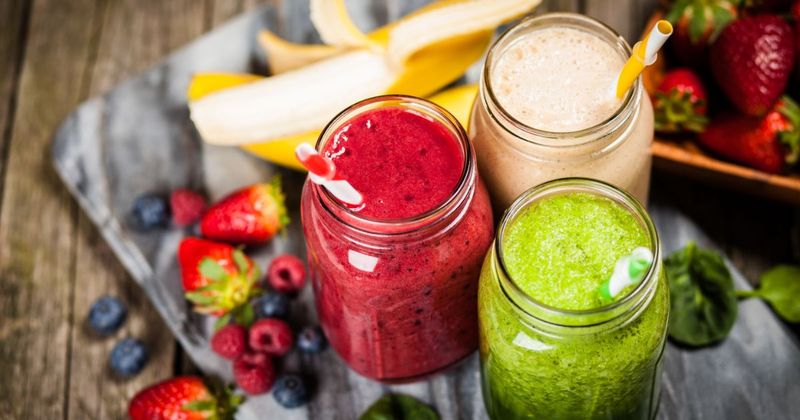
Expensive superfood smoothie mixes claim to offer total body wellness in one scoop, yet they’re often unnecessary if you’re eating a variety of real foods. The colorful packaging might draw you in, but there’s a more straightforward solution.
Making your own smoothies with real fruits, spinach, and a spoonful of peanut butter provides a nutritious, delicious experience without “super” powders. The freshness and variety of whole foods shine through.
While pre-packaged mixes may appear convenient, DIY smoothies offer a personalized, wholesome approach to nutrition, emphasizing the simple joy of real ingredients.
Leave a comment